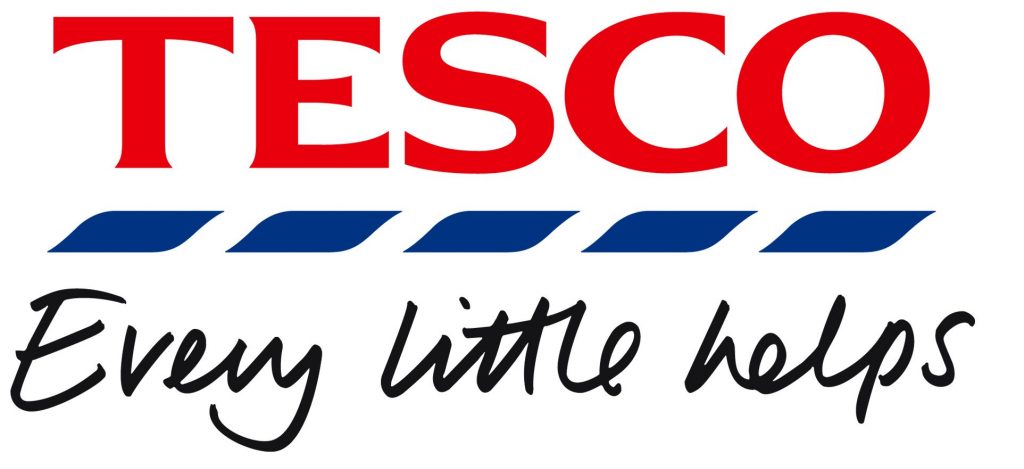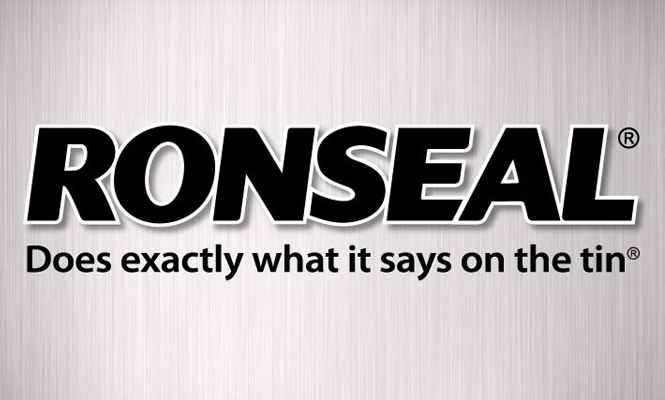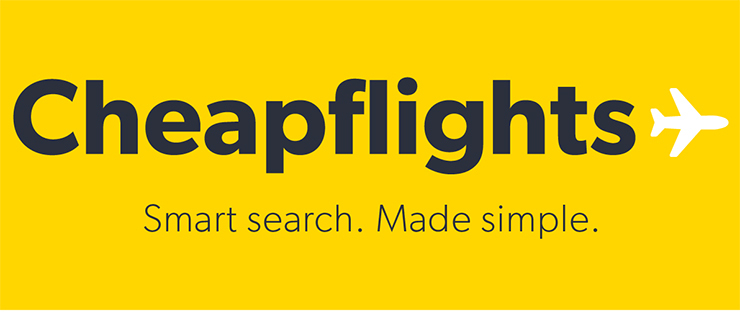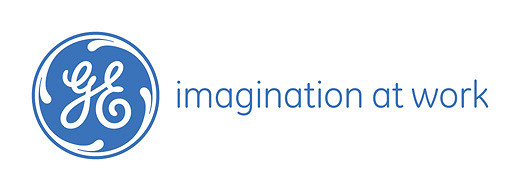
You’re in the exciting process of articulating your company’s brand. Maybe you’re a start-up and it’s your first time around. Maybe you’re rebranding and repositioning your whole organisation in the marketplace.
Whichever situation you’re in, at some point, the question will arise: What about a strapline?
In this post, we’ll look at strapline basics: What are straplines? And what is the purpose of straplines?
Contents
1.0 Strapline definition: What is a strapline?
2.0 What is the purpose of straplines?
- 2.1 Straplines as an element of brand positioning
- 2.2 Straplines as a part of brand storytelling and messaging
- 2.3 Straplines as relationship builders
1.0 Strapline definition: What is a strapline?
This is a small question with a big answer. At a very pragmatic level, a strapline is the short line of text you often see underneath a brand’s logo – like HSBC’s The world’s local bank, or Tesco’s Every Little Helps. That’s one definition of straplines. The wider answer to this question is that a strapline is simultaneously part of a brand’s positioning, its brand storytelling and sometimes its promise to its audiences.

1.1 Is a strapline the same as a slogan?
Strictly speaking, no – although you do hear the two words being used interchangeably. Traditionally, a slogan is a short phrase that’s used in an advertising campaign. So it has a shorter lifespan than a strapline, which should last as long as any iteration of a brand. The lines do get blurred though, because there have been occasions when a great advertising slogan has become so popular, it becomes part of the permanent brand. A good example of this is Ronseal: Does Exactly What It Says On The Tin.
Another example of a campaign slogan is Marmite’s Love It Or Hate It. You’ll hear it in all the brand’s advertising, but you’ll never see it written beneath a logo.
At the end of the day though, it doesn’t really matter what you call it – many professionals now call slogans “campaign straplines”. What matters is the purpose you put them to.

1.2 Is a strapline the same as a motto?
Straplines and mottos share a number of characteristics. They’re both short lines of text that start to frame the story of the organisations they describe.
The way I think of mottos – things like the Royal Airforce’s Per Ardua Ad Astra (through adversity to the stars), or the Scouts Be Prepared – is that they’re inward-looking. They’re about bringing a group of people together with a single philosophy. Straplines, on the other hand, are outward-looking. They’re about telling a brand’s story to the wider world.

And again, a great motto can also become strapline-like – telling the wider world something important about the organisation. For example, Be Prepared isn’t just something that’s understood internally by people involved in the Scouting movement. It also tells the world something of what the organisation is about. Similarly, a great strapline can become motto-like – for example, The Washington Post’s strapline is Democracy Dies in Darkness. It’s a profound, philosophical statement that has a motto-feel to it. It’s a statement that looks outwards, telling the world about the WP’s purpose… but you can imagine that it’s a constant reminder to everyone who creates the paper – and indeed, invests in it – what everyone is working towards.

But in origins, a motto starts looking in – and a strapline starts looking outwards.
2.0 What is the purpose of straplines?
A strapline can serve a number of purposes – some of them all at the same time. They can help to position a brand in its marketplace. They can help audiences understand what an organisation does. In large, complex organisations, they can articulate an ethos that unites all its various activities. They convey personality. And the really good ones are memorable, helping audiences to distinguish one brand from another.
2.1 Straplines as an element of brand positioning
When you have decided the position you want to take in the market, a strapline can help to make this crystal clear. So in the HSBC example, The world’s local bank suggests a whole set of values and ideals about the way that you as an individual or a business will experience banking with HSBC. The four short words give you the feeling that you’ll matter as a person to HSBC, that you won’t be lost in a huge corporate system. For businesses, it’s also reassuring that wherever in the world you want to trade, HSBC can partner you.
2.2 Straplines as a part of brand storytelling and messaging
If you’ve done all the work to articulate your brand, you ought to be able to distil that narrative down into a number of key messages. Then you use these messages consistently, so that when people think about your brand, they recall exactly the story you want them to.
If, for example, you think of a flight search engine, the things you will want it to offer are:
- Access to the biggest range of flights
- Great deals
- Easy and straightforward search
And if a brand can persuade you that they offer all of these things, you’re likely to keep going back to them. So you keep using these messages in all of your communications.
In this messaging approach, your strapline becomes your apex message (or your secondary message if the primary point is made in your brand name). Which can work like this:

2.3 Straplines as relationship builders
Because straplines can (and should) convey personality – and because they can convey a promise, they set out from very first contact with a brand what a relationship with it might be.
GE – manufacturer of everything from super-advanced medical technology through to lightbulbs and domestic appliances – could sound like a soulless corporation churning out machines. But its brand tells you otherwise – right from the outset – with the strapline Imagination at Work. It’s a promise of creativity and transformation.

In terms of relationship-building, audiences know what GE is promising and what they ought to be able to expect. GE, of course, has to live up to this in all its interactions with its clients and customers.
So there it is – a strapline is a tiny handful of words that have a massive job to do. Successful straplines will tick many boxes. They’ll be memorable, thought-provoking and they’ll start to give audiences a glimpse of what they can expect in a relationship with a brand.
If you have anything you want to ask about straplines, please do get in touch. You may find these links useful too:
The different types of strapline your organisation could use
